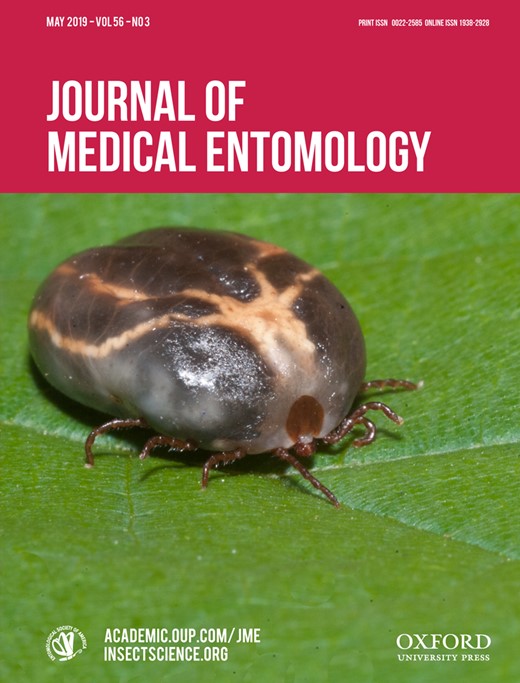-
Views
-
Cite
Cite
Joanna Werszko, Tomasz Szewczyk, Żaneta Steiner-Bogdaszewska, Zdzisław Laskowski, Grzegorz Karbowiak, Molecular Detection of Anaplasma phagocytophilum in Blood-Sucking Flies (Diptera: Tabanidae) in Poland, Journal of Medical Entomology, Volume 56, Issue 3, May 2019, Pages 822–827, https://doi.org/10.1093/jme/tjy217
Close - Share Icon Share
Abstract
Anaplasma phagocytophilum is a pathogen of veterinary and medical importance. It is the causative agent of tick-borne fever (TBF) in ruminants (also known as bovine or ovine granulocytic anaplasmosis), and of human granulocytic anaplasmosis (HGA) in humans. In Europe, A. phagocytophilum is transmitted by Ixodes ricinus (Linnaeus 1758) ticks. The aim of this study was to confirm the presence of A. phagocytophilum DNA in blood-sucking flies belonging to the Tabanidae family using molecular methods. It represents the first detection of this pathogen in Haematopota pluvialis (Linnaeus 1758), Tabanus bromius (Linnaeus 1758), and Tabanus distinguendus (Verrall 1909) in Europe.





